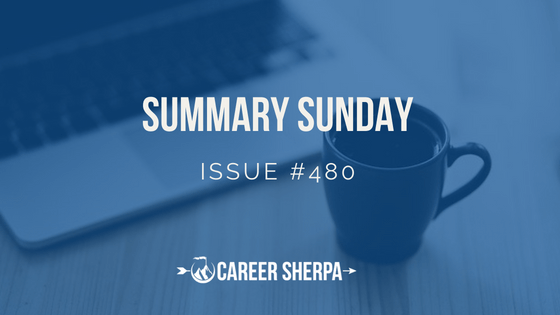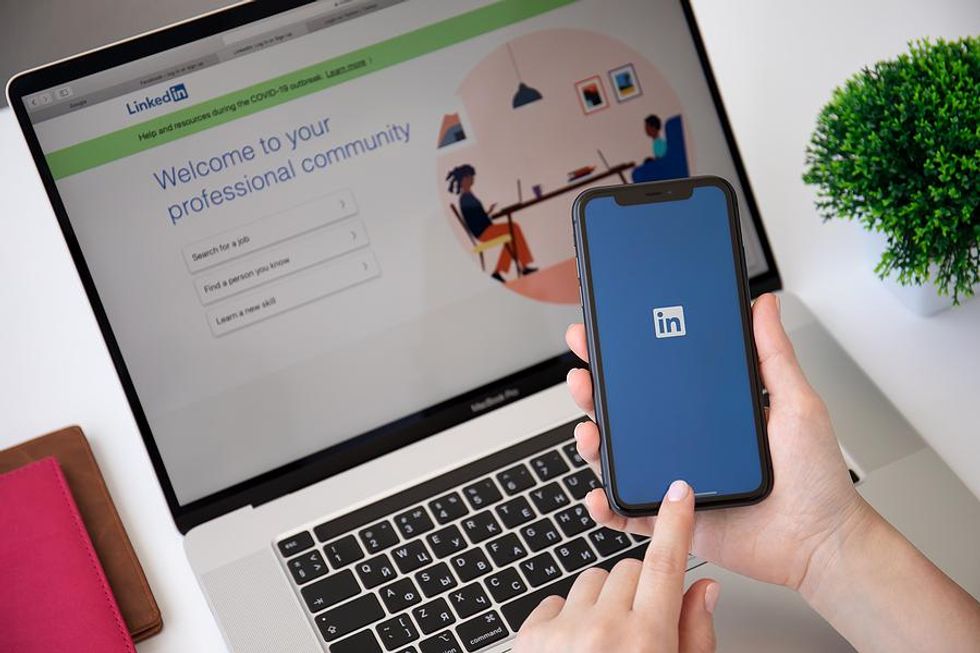
What should you do when you and another co-worker like each other? Worse yet, what happens if you have a crush on your boss, or that most terrible of taboos, on your secretary?
Rather than ignore the problem or act on your instincts, you should learn how to stop being attracted to someone at work. Here are 10 tips for handling the lust genie and putting her back in the bottle where she belongs:
1. Acknowledge The Problem
The first step in dealing with attraction at work is to acknowledge the problem. In all likelihood, you have pushed these feelings to the side of your mind. Unfortunately, they are sitting there fermenting and probably deepening.
Bringing your feelings to the top of your to-do list will help you logically deal with them. In cases of workplace attraction, you are going to need every ounce of Dr. Spock you can muster.
2. Talk To A Friend About Your Love Dilemma

You should absolutely talk to a friend about your work crush, preferably to someone who is not employed by the same company, your spouse, or the target of your attraction.
Talking about your feelings is another way of acknowledging the problem. In addition, you will acquire an ally who will help you cope with the issue.
3. Get A Copy Of Your Company’s Rules And Regulations From HR

Reading the black and white company policy about what can happen if you act on your attraction is sometimes enough to change those feelings of amore into slight sickness whenever you see the person.
4. Realize You Might Be The Target Of Manipulation

In the world of business, there are many ways to get ahead. Some people have learned that ignoring office etiquette and company rules about relationships is a quick way to gain a competitive edge. It’s very difficult, but try to realistically evaluate the skills of the other person.
Have they earned their position through brilliance, dedication, and hard work? Or did they just sort of miraculously appear?
5. Acknowledge: âThe Grass Is Always Greener”

Maybe your home life isn’t as blissful as it could be. This doesn’t mean that acting on your instincts with the person at work is going to be the dream relationship.
That possible relationship might be better, but in all likelihood you will be exchanging one set of problems for another.
6. Realize Your Brain Can Play Tricks On You

In love with your boss? Have you ever heard of Stockholm syndrome? People in positions of power are often attractive even if they are absolutely horrible.
7. Understand The Consequences

Romance at work (even between consenting single adults) often translates into negative repercussions. It can create sordid rumors and much worse.
If you truly have found the love of your life, get proactive about moving jobs or changing departments so you can continue your romance without worry.
Not willing to do that? Maybe this isn’t the “one.”
8. Set Clear And Safe Boundaries For Yourself

This will make coping much easier. Social decorum dictates that most intimacy doesn’t occur in the presence of others. Design strategies that remove direct and private contact with the person.
Whenever possible, interact with the person only when there are other people around. This will prevent intimacy and, with luck, the workplace crush will fade.
9. Improve Your Home Life And/Or Add Extracurricular Activities

So many of us get absolutely absorbed in work. It is our lives. When this is the case, it is perfectly natural to look for affection and intimacy at work. Make your social life outside of work a priority.
Once other people enter your life, the attraction for that colleague often disappears.
10. Don’t Try To Deal With The Issue With The Object Of Your Affection

This approach rarely leads to a happy ending.
First, if the attraction is mutual, the crush will likely escalate into a full-blown affair. Second, if the attraction is not mutual, you face rejection and possibly a sexual harassment lawsuit.
We are all human and human interaction is sexual. Having a crush or being attracted to a co-worker is natural. But natural doesn’t necessarily make it good for you!
Use these 10 tips to fight attraction in the workplace, because most of the time it isn’t worth the risk.
Need more help navigating workplace issues?
We’d love it if you joined our FREE community. Itâs a private, online platform where workers, just like you, are coming together to learn and grow into powerful Workplace Renegades. More importantly, it’s a place where you can get all of your career questions answered.
It’s about time you got the career help and support you deserve. Join our FREE community today to finally become an empowered business-of-one!
This article was originally published at an earlier date.




















































